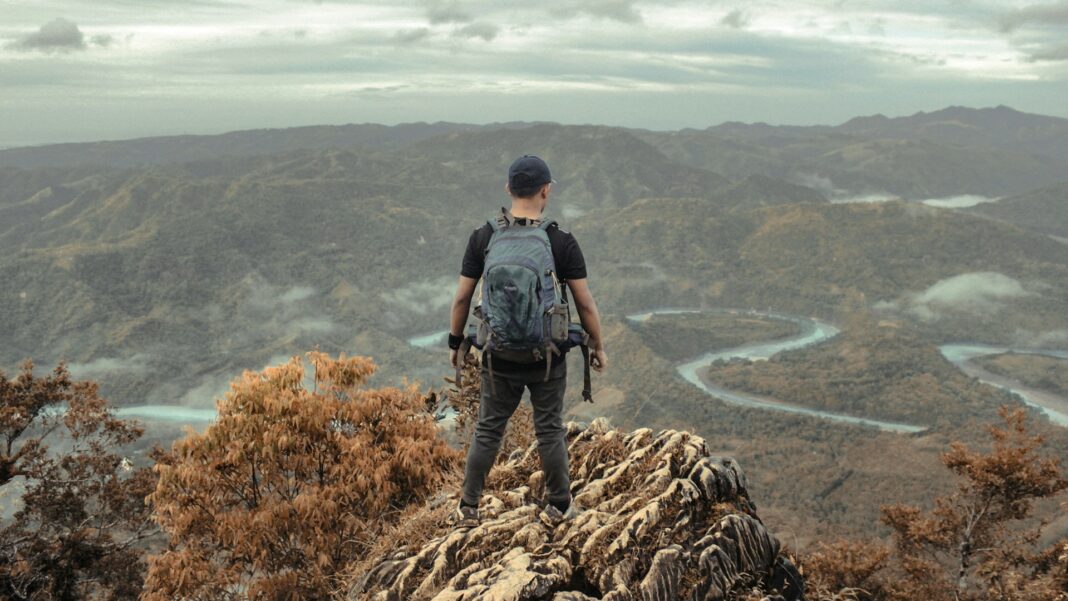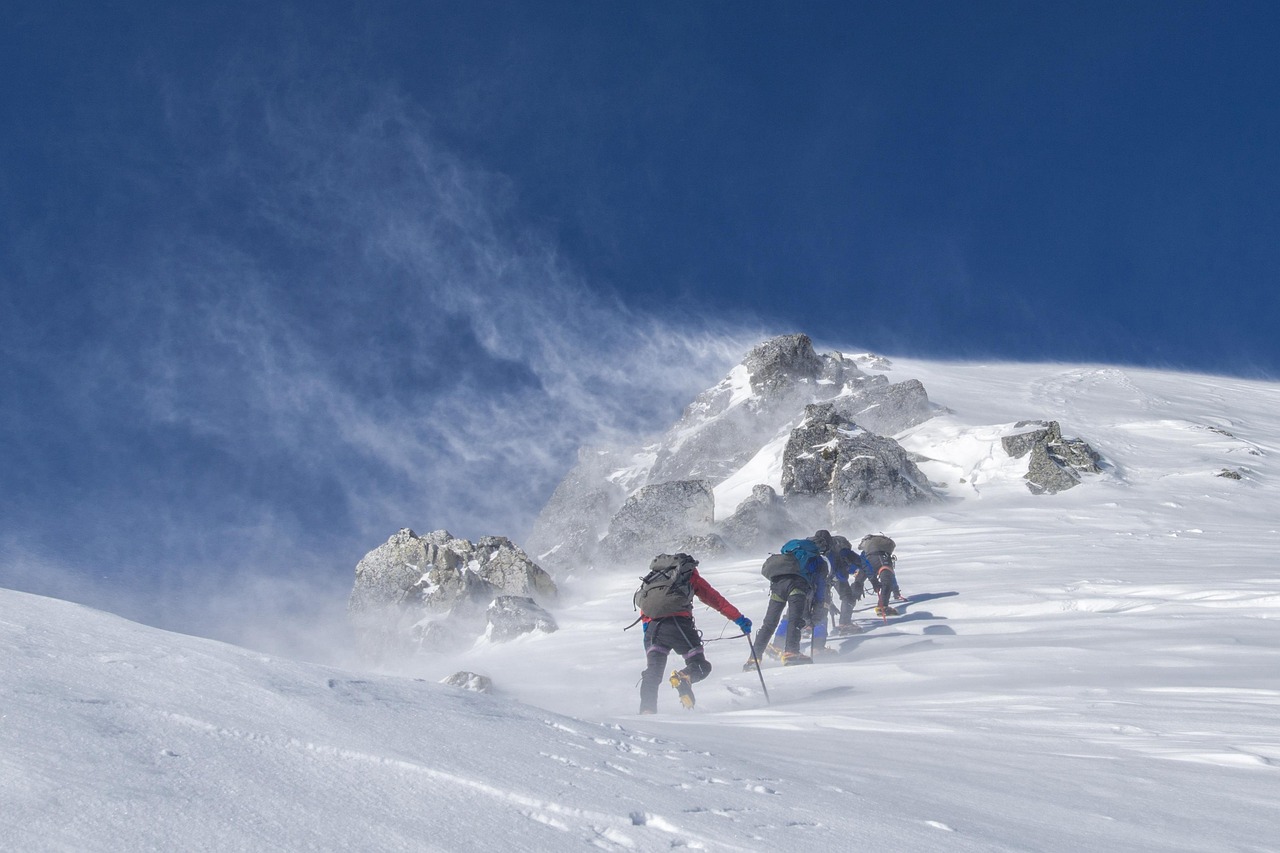Mountain climbing is a thrilling adventure that promises breathtaking views and personal achievements. However, it comes with significant risks that can potentially jeopardize a successful summit and your safety.
Planning a mountain climbing expedition requires careful consideration of various factors, including destination, permits, weather conditions, training, equipment, and support. A well-organized approach maximizes enjoyment and enhances the safety of all participants.
Choose Your Destination Wisely
Selecting the right mountain for your expedition can set the tone for your entire experience. Each mountain presents unique challenges and rewards, so understanding these can guide your choice effectively. Factors to think about include climbing routes, height, difficulty level, and the conditions at various times of the year. For beginners, it’s advisable to opt for a mountain that offers a moderate challenge.
More seasoned climbers might seek out those who push their limits while still allowing for safety measures. Familiarizing yourself with the area’s regulations and required permits is crucial during this phase. Some destinations, like the majestic peaks of the US Rockies or the towering mountains of the Andes, may require specialized permits and wilderness skills. Knowledge of these particulars forms the foundation of any effective expedition plan.
Plan With Guided Specialists
Engaging the expertise of guided specialists can transform your mountain climbing experience. These professionals offer invaluable insights into the routes, local conditions, and potential hazards you may face. Whether you are planning a kilimanjaro trip, an alps trip, or another exotic destination, their knowledge will allow for informed decision-making and enhance safety. Guided climbers often have strong experience and familiarity with specific mountains. They understand how to navigate unforeseen weather shifts and can offer guidance on acclimatization, reducing the risk of altitude sickness.
The success rate of the trip might be considerably raised by working with experts. They can assist in coordinating logistics, such as transport, referrals for culinary needs, and obtaining important gear. This foundational support allows climbers to concentrate on the ascent rather than overly focusing on logistical hurdles. Before engaging in a guiding service, conduct thorough research. Read reviews and seek recommendations from fellow climbers. Look for companies that prioritize safety, conduct rigorous training for their guides, and follow environmentally responsible practices.
Prepare Physically and Mentally
Physical preparation plays a crucial role in a successful expedition. A rigorous training regimen tailored to the mountain’s specific demands can prepare your body for the challenges ahead. Activities like hiking, running, and strength training can build stamina and muscle, which are instrumental for ascent success. Understanding the mental component is equally important. Mountain climbing requires focus, determination, and the ability to respond efficiently to rapidly changing situations.
Engage in activities that help cultivate resilience in adverse conditions, such as meditation or endurance sports. By addressing both physical fitness and mental readiness beforehand, you can approach your expedition with confidence, bolstering your performance and your capacity to support fellow climbers during tough moments.
Select Appropriate Equipment
Quality climbing gear can significantly impact your expedition’s success. Required equipment varies depending on factors like the chosen mountain, season, and climbing technique. Crucial items typically include high-quality climbing shoes, technical clothing layers, helmets, harnesses, ice axes, and ropes. Make careful selections based on your specific needs and the anticipated weather conditions.
Investing in reputable brands is advisable, given their proven track record in durability and performance. Testing out your gear during practice hikes or climbs before your expedition can provide familiarity with equipment functionality and comfort. Beyond individual gear, group safety equipment must not be overlooked. This includes first aid supplies and communication devices such as satellite phones or walkie-talkies for emergencies.
Monitor Weather Conditions
Weather can change rapidly in mountainous regions, potentially impacting your safety. Keeping track of the forecast in the weeks leading up to the expedition and during the climb itself is paramount. Reliable weather sources and mountain-specific forecasts can help guide crucial decisions for the ascent.
On-site, ensure that your group can stay attuned to changing conditions. Implementing planned communication check-ins can confirm that everyone is aware of shifts and agrees on how to respond. Being prepared to alter routes or waiting out poor weather can protect your group from hazards associated with storms, sudden temperature drops, or avalanches. Integrating flexibility in your itinerary allows for adaptations in the event of weather-related complications.
Prioritize Safety Measures
Adopting safety measures during an expedition is crucial. Implementing protocols like regular check-ins and the buddy system ensures that climbers can be quickly accounted for. First aid training for participants may provide important skills if a situation arises that requires immediate attention. Daily briefings covering the route ahead, the anticipated risks, and individual responsibilities foster an environment of mindfulness.
Establishing a group ethos that prioritizes safety above summit goals is crucial to remain focused, ultimately leading to better decision-making. While the excitement of summiting is palpable, climbing responsibly can enhance the joy of the achievement for everyone involved. Achieving a successful mountain climbing expedition hinges on thorough planning and execution.
Choosing the right destination, engaging expert guidance, preparing physically and mentally, selecting proper equipment, monitoring weather conditions, and prioritizing safety measures collectively create an environment for memorable and secure climbing adventures. This careful approach ensures that the experience not only enriches climbers through daunting peaks but also safely ushers everyone back to the base together.






